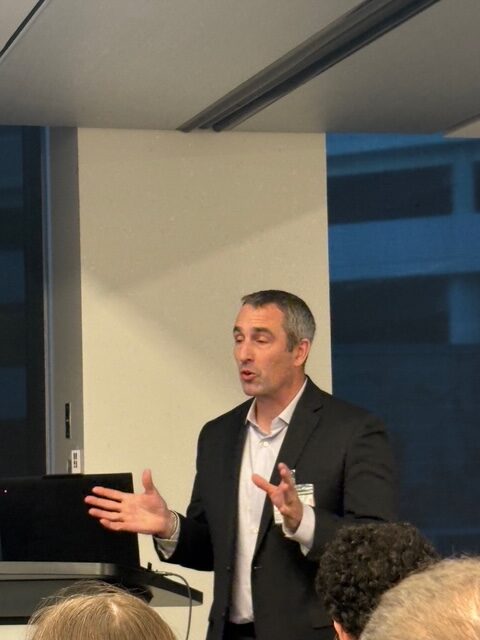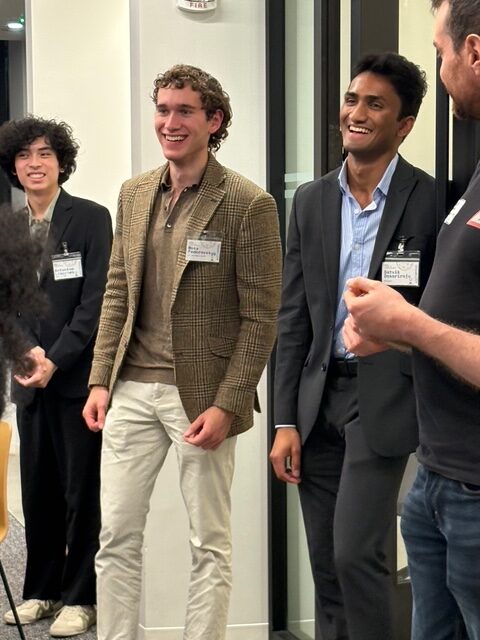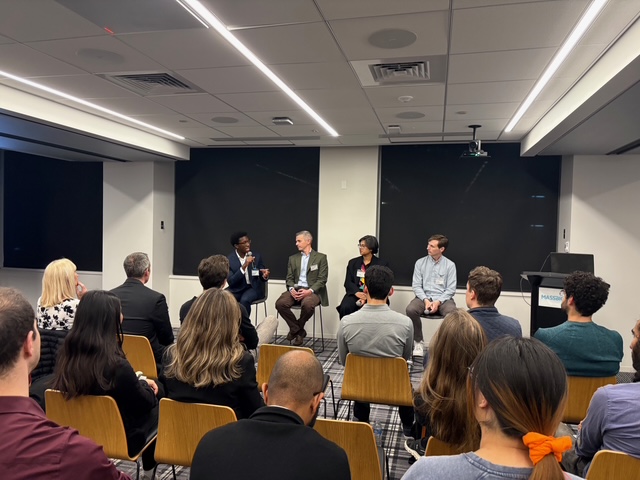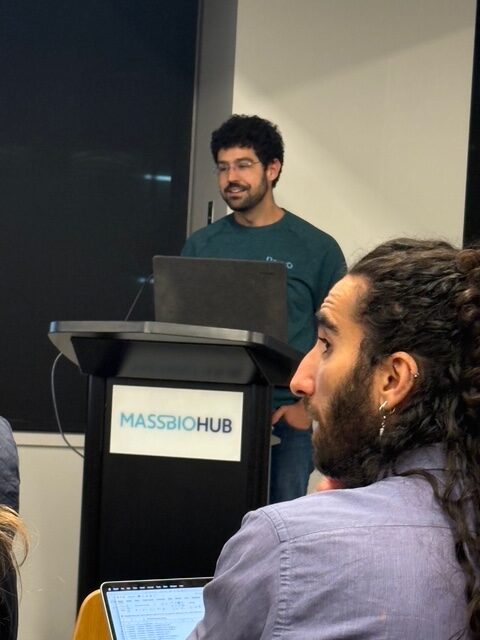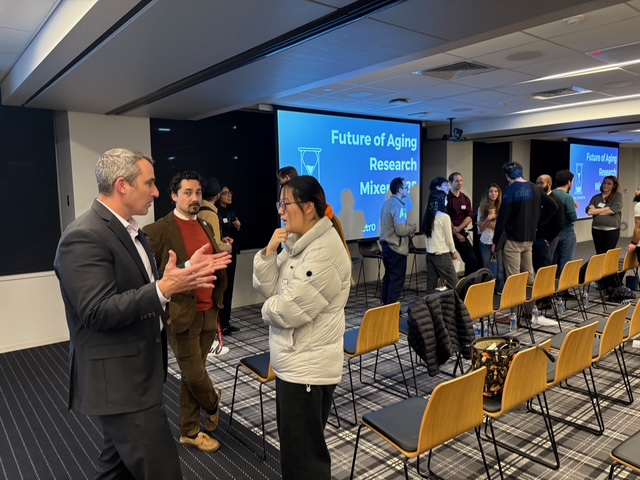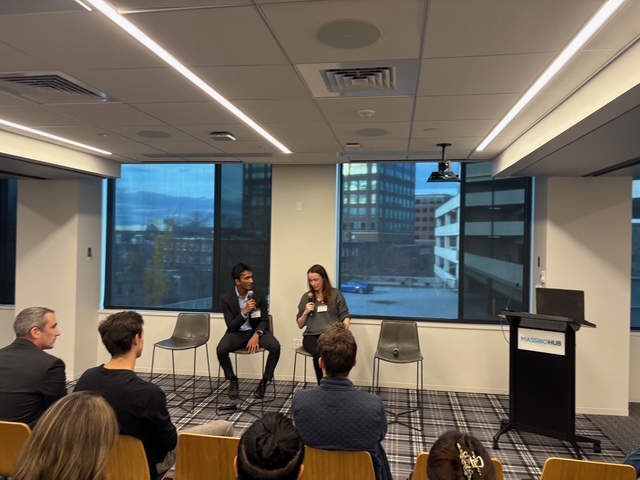“Senescence identification is rendered challenging due to a lack of universally available biomarkers.”
Treating aggressive cancers that do not respond to standard therapies remains one of the most significant challenges in oncology. Among these are basal-like breast cancers (BLBC), which lack hormone receptors and HER2 amplification. This makes them unsuitable for many existing targeted treatments. As a result, therapeutic options are limited, and patient outcomes are often poor.
One emerging strategy is to induce senescence, a state in which cancer cells permanently stop dividing but remain metabolically active. This approach aims to slow or stop tumor growth without killing the cells directly. Although promising, the clinical application of senescence-based therapies has been limited by several challenges.
Senescence is typically identified using biomarkers such as p16, p21, and beta-galactosidase activity. However, these markers are often already present in aggressive cancers like BLBC (Sen‑Mark+ tumors), making it difficult to determine whether a treatment is truly inducing senescence or merely reflecting the tumor’s existing biology. Moreover, conventional screening methods may mistake reduced cell growth for senescence, cell death, or temporary growth arrest, leading to inaccurate assessments. This is especially problematic in large-scale drug screening, where thousands of compounds must be evaluated quickly and reliably.
To overcome these issues, researchers from Queen Mary University of London and the University of Dundee have developed a new machine learning–based method to improve the detection of senescence in cancer cells. Their findings were recently published in Aging-US.
The Study: Developing the SAMP-Score
The study, titled “SAMP-Score: a morphology-based machine learning classification method for screening pro-senescence compounds in p16-positive cancer cells,” was led by Ryan Wallis and corresponding author Cleo L. Bishop from Queen Mary University of London. This paper was featured on the cover of Aging-US Volume 17, Issue 11, and highlighted as our Editors’ Choice.
The research team developed a tool called SAMP-Score. To build the model, the researchers applied high-content microscopy, image analysis, and unsupervised clustering to identify subtle morphological changes and patterns associated with true senescence. The team referred to these patterns as senescence-associated morphological profiles (SAMPs). These patterns were then used to train a machine learning algorithm capable of distinguishing senescent, non-dividing cells from those that were still proliferating or undergoing cell death.
After validation on the MB-468 cell line (a p16-positive basal-like breast cancer model), the model was applied to a large-scale screen of 10,000 experimental compounds across multiple cell lines: MB-468, HeLa, BT-549 (all p16-positive), and HCT116 p16 knockout (p16-negative).
Results: QM5928 Identified as a Pro-Senescence Agent
From the screening, the team identified a compound referred to as QM5928, which showed the ability to induce senescence in p16-positive cancer cells. The response was dose-dependent: at lower concentrations, it reduced cell proliferation without signs of toxicity, indicating senescence; at higher concentrations, toxicity began to appear. This suggests that the compound induces senescence rather than directly causing cell death.
Importantly, the researchers also observed a relocation of p16 into the nucleus, a sign that senescence-related cell cycle arrest mechanisms may be engaged. In contrast, the effect of QM5928 was reduced in a p16-negative cell line, supporting the idea that p16 plays a key role in the compound’s activity.
Breakthrough: The Innovation Behind SAMP-Score
The main innovation in this study is not just the identification of QM5928 as a promising compound but the development of a reliable and scalable method for detecting senescence in cancer cells. By combining high-content image analysis with machine learning, SAMP-Score provides an alternative to traditional marker-based methods, which can give ambiguous results in aggressive cancers. This approach reduces false positives and improves the accuracy of drug screening by better distinguishing compounds that truly induce senescence.
Impact: Implications for Cancer Drug Discovery
SAMP-Score provides a practical and scalable tool for discovering drugs in cancer types where conventional senescence markers do not offer clear results. This is particularly valuable in cancers like BLBC, which have high p16 expression but few effective targeted treatments. In the future, SAMP-Score may also help design combined therapies that first induce senescence, then eliminate senescent cells using senolytics.
Future Perspectives and Conclusion
While QM5928 remains in the early stages of investigation, it serves as a proof of concept for how the SAMP-Score method can support the discovery of pro-senescence compounds. Further studies will be necessary to clarify the compound’s mechanism of action and evaluate its effects in more complex models.
The broader impact of this work lies in its methodological contribution. By moving beyond biochemical markers and using image-based classification, SAMP-Score offers a practical and scalable way to improve senescence detection, particularly in cancers where current screening methods are unreliable.
Importantly, the researchers have made SAMP-Score openly available on GitHub, allowing others to apply or adapt the tool in their own senescence-related research.
Click here to read the full research paper published in Aging-US.
___
Aging-US is indexed by PubMed/Medline (abbreviated as “Aging (Albany NY)”), PubMed Central, Web of Science: Science Citation Index Expanded (abbreviated as “Aging‐US” and listed in the Cell Biology and Geriatrics & Gerontology categories), Scopus (abbreviated as “Aging” and listed in the Cell Biology and Aging categories), Biological Abstracts, BIOSIS Previews, EMBASE, META (Chan Zuckerberg Initiative) (2018-2022), and Dimensions (Digital Science).
Click here to subscribe to Aging-US publication updates.
For media inquiries, please contact [email protected].

